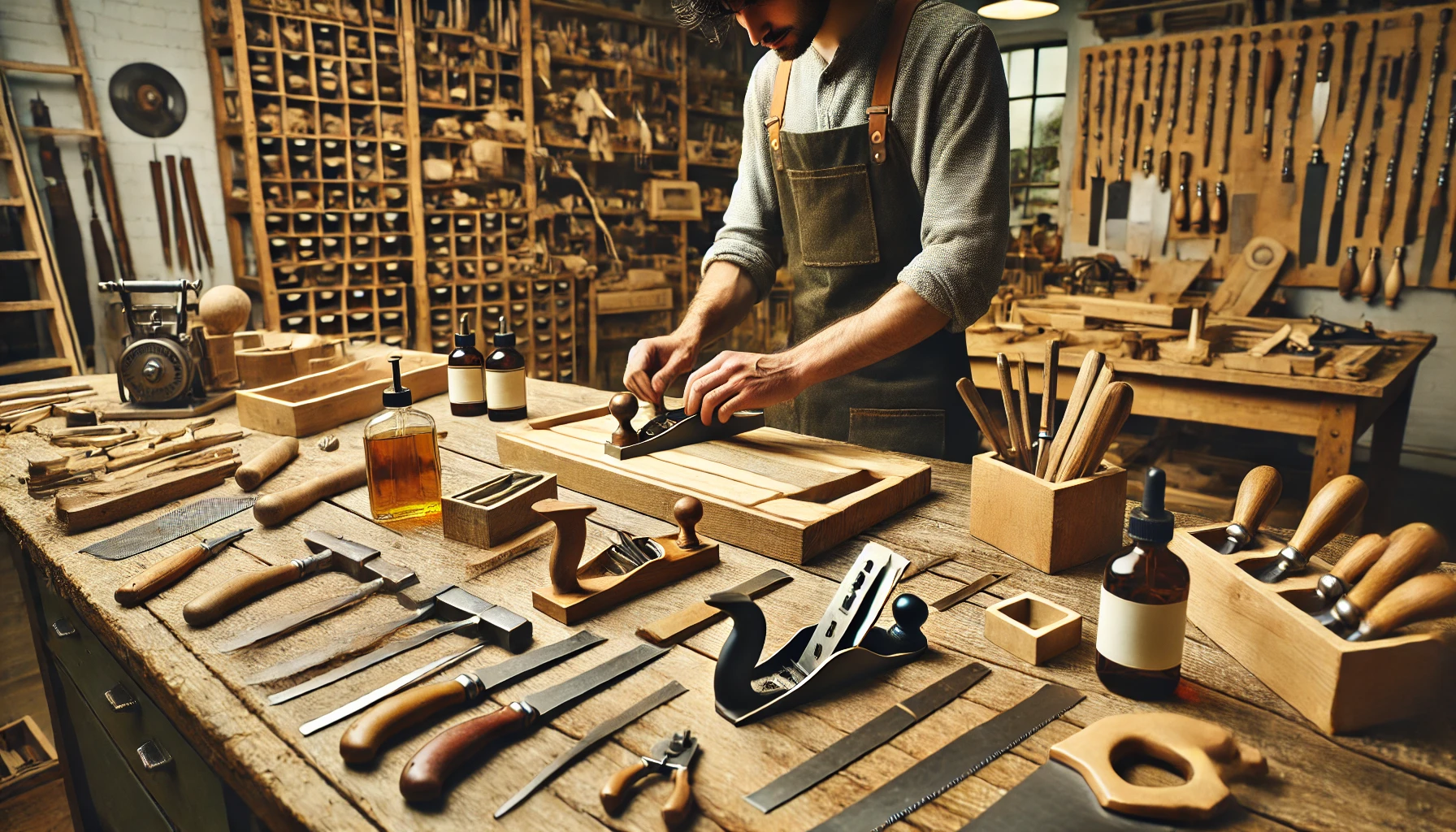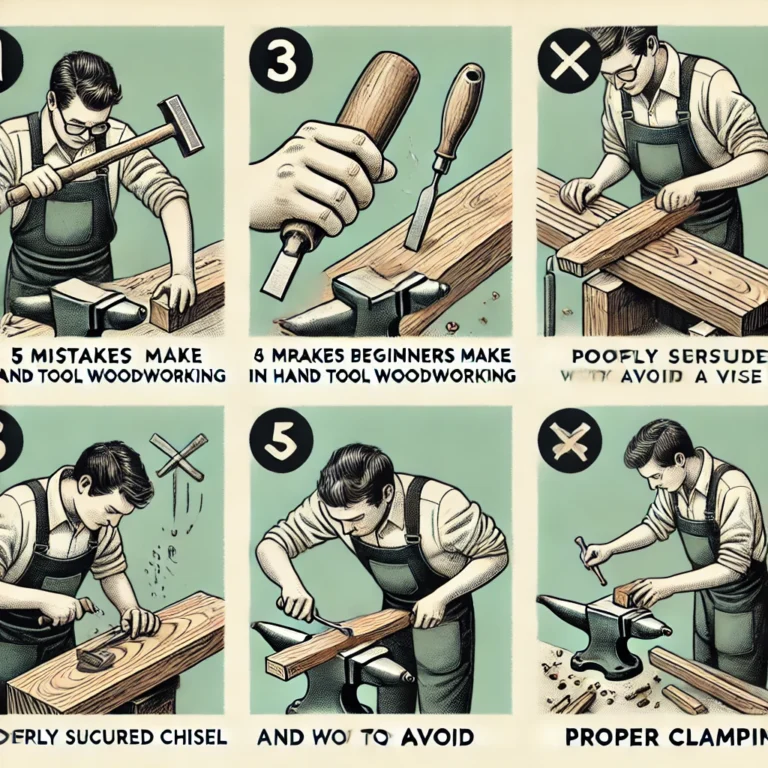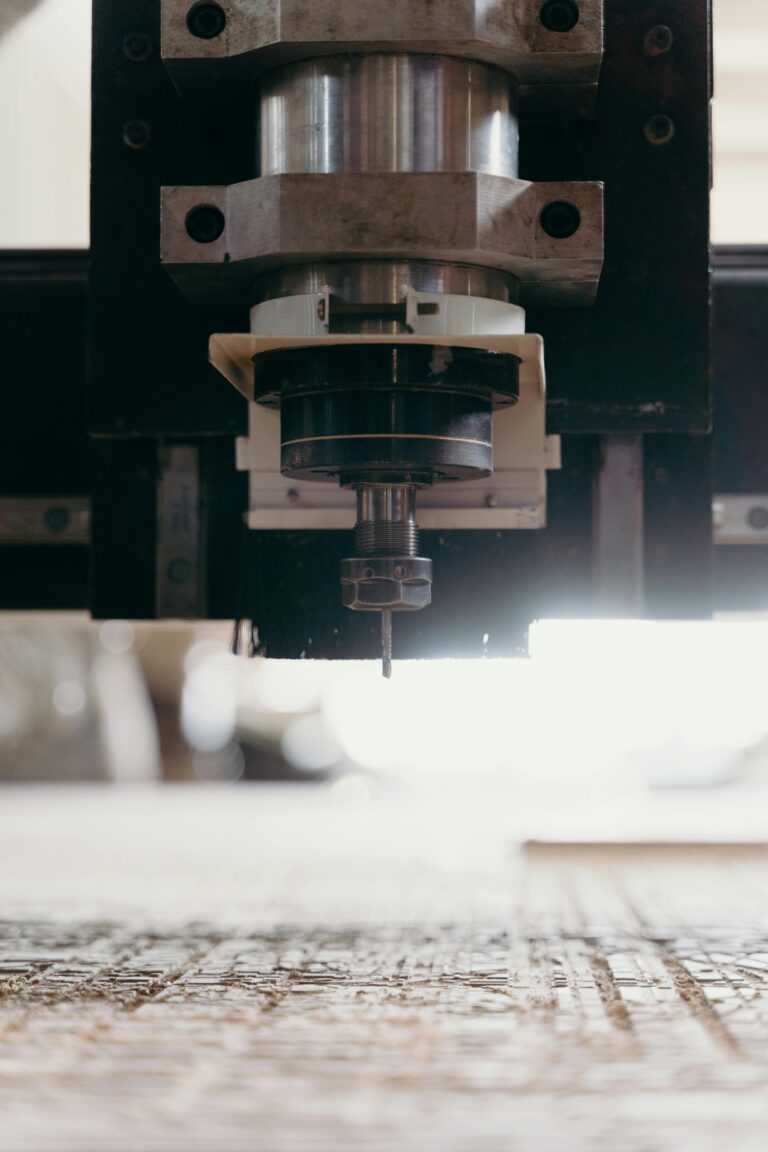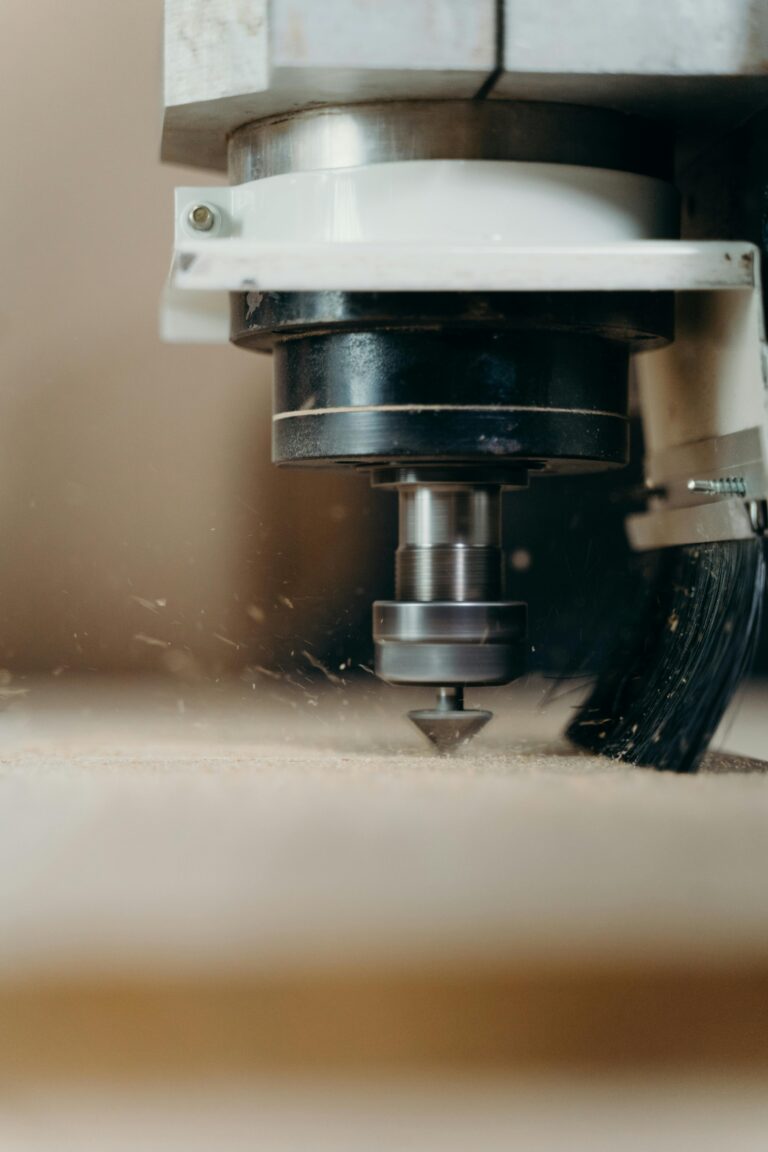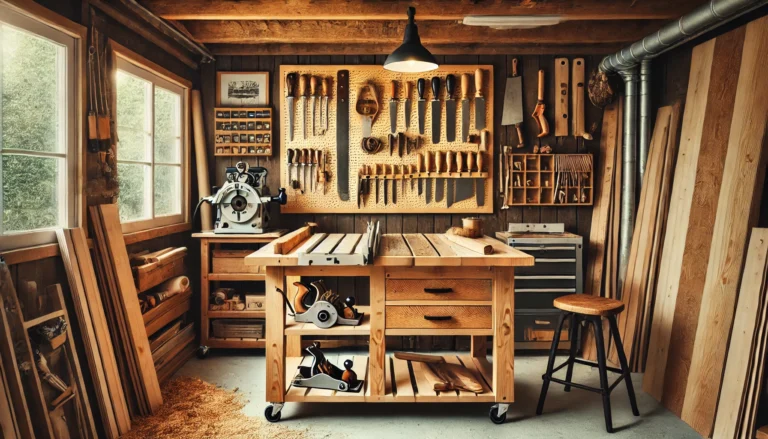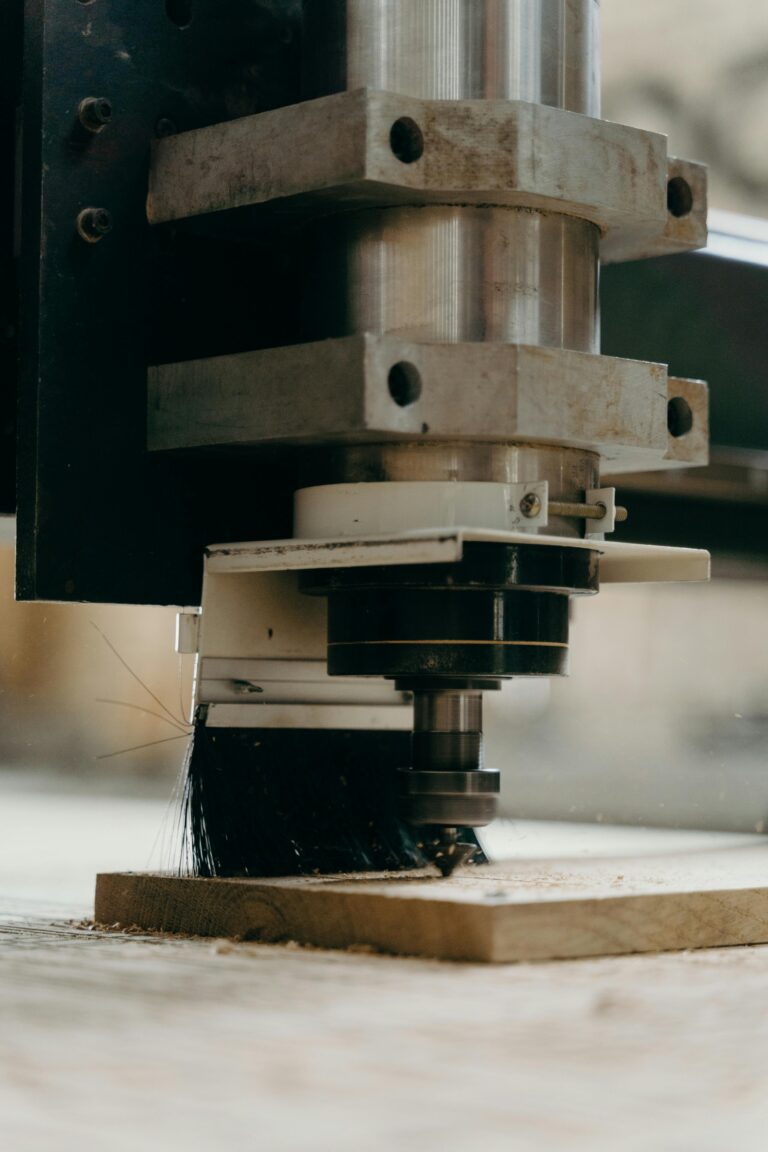How to maintain hand tools for Beginners
Proper maintenance of your hand tools is not just a necessity; it’s a foundation for any successful woodworking project. As a beginner, understanding how to care for these tools ensures they remain effective and safe to use, saving you time and money. This guide provides essential tips on maintaining your hand tools to keep them in top condition.
Introduction to Hand Tool Maintenance
Starting your woodworking journey comes with many lessons, and one of the most important is maintaining your hand tools. Sharp, clean, and well-maintained tools make woodworking more enjoyable and efficient. Whether you’re carving, cutting, or measuring, the condition of your tools plays a critical role in the outcome of your projects.
Cleaning Your Tools
- Regular Cleaning: Dust and debris can affect tool performance and cause rust. After each use, wipe down your tools with a clean cloth. For metal parts, use a specialized cleaner to prevent rust.
- Deep Cleaning: Periodically, tools should be disassembled (if possible) and cleaned thoroughly. Use soapy water for non-metal parts and mineral spirits for metal components. Dry all parts completely before reassembling.
Sharpening Your Tools
- Importance of Sharpness: A sharp tool is safer and more effective. Dull tools require more force to use, which can lead to accidents and imprecise work.
- Sharpening Techniques: Learn the appropriate sharpening techniques for each tool. For instance, chisels and planes require a whetstone or honing guide, while saws might need a file. Always follow the manufacturer’s guidelines.
Preventing Rust
- Control Humidity: Store your tools in a dry place to prevent rust. Use silica gel packs in your toolbox to absorb excess moisture.
- Protective Coatings: Apply a light coat of machine oil to metal parts if you live in a humid area. This oil forms a barrier that moisture cannot penetrate.
Storage Solutions
- Proper Storage: Keep your tools in a toolbox or on a pegboard to avoid damage. Ensure that cutting tools are safely sheathed or covered.
- Organization: Organize your tools in a manner that keeps them easily accessible and sorted by type or size, which helps in quick identification and reduces the chance of accidental damage.
Routine Inspections
- Check for Damage: Regularly inspect your tools for any signs of wear or damage. Look for cracks in wooden handles, dull blades, or loose components.
- Immediate Repairs: Address issues as soon as they are spotted. Repair or replace damaged parts immediately to maintain tool integrity and safety.
Conclusion
Maintaining your hand tools isn’t just about prolonging their lifespan; it’s about ensuring safety, accuracy, and pleasure in woodworking. By setting a regular maintenance routine, you can keep your tools in pristine condition and develop a disciplined approach to your craft. Remember, a well-maintained tool is a reflection of a craftsman’s respect for the art of woodworking.
By adhering to these simple maintenance practices, beginners can ensure their tools perform well for years to come, making every woodworking project a potential masterpiece.
